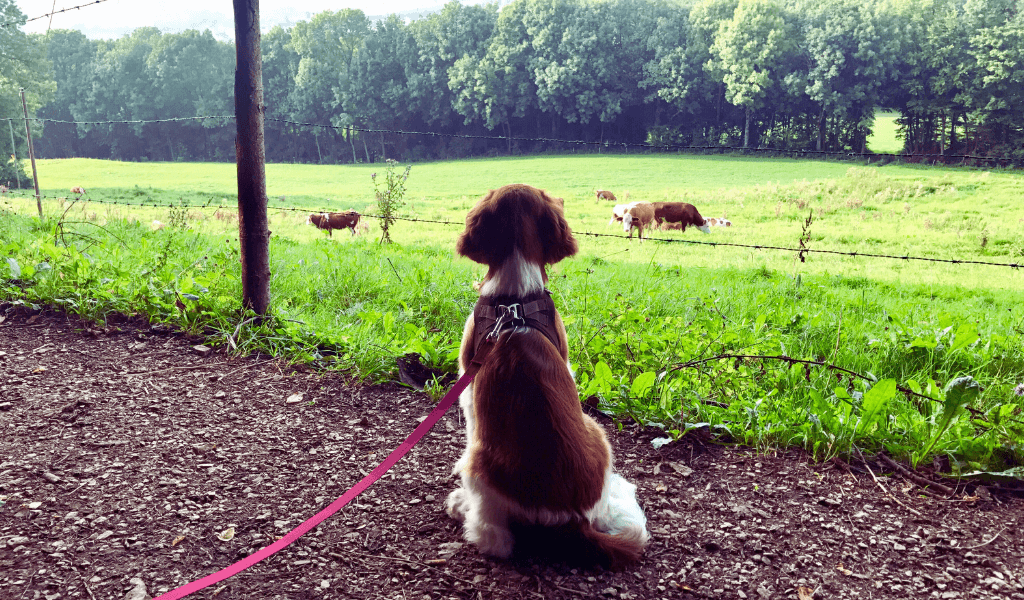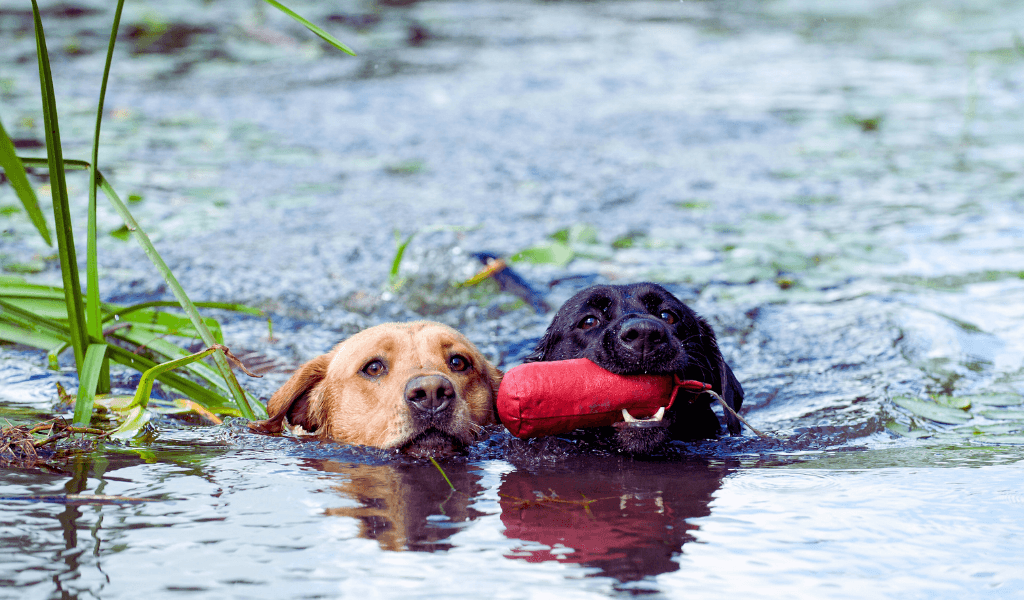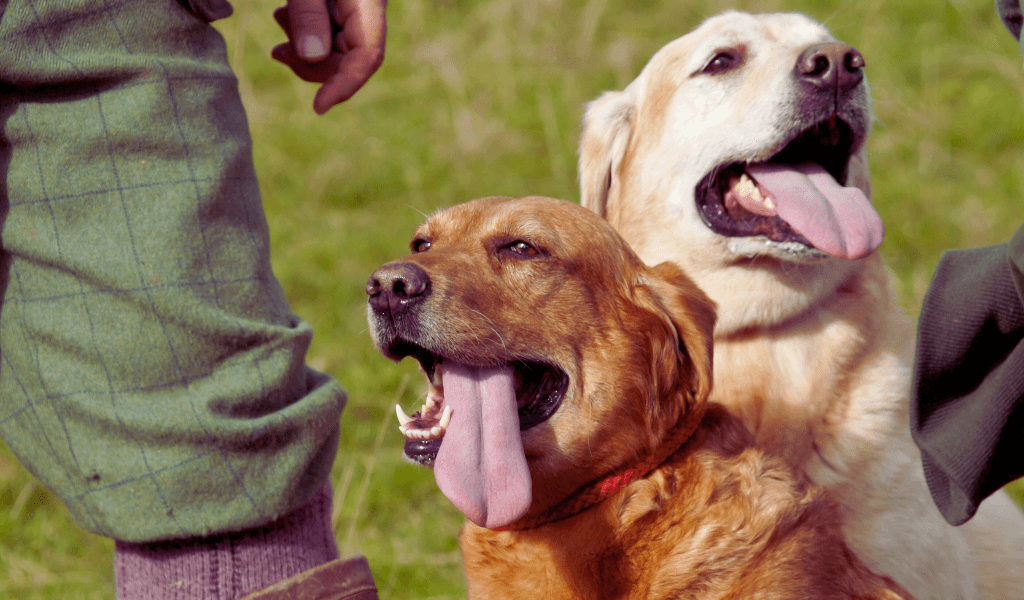Introduction to gundog training equipment
What Do You Need for Gun Dog Training?
Training a gun dog is a purposeful, structured process that requires discipline, consistency, and the right equipment.
Whether you’re preparing a young dog for its first season in the field or maintaining the skills of a more experienced animal, using the appropriate tools can make the difference between a capable working dog and a confused or reluctant one.
This article outlines the essential equipment for gun dog training, explaining the role each item plays and how to use it effectively.
The guide focuses on practical, field-proven gear without unnecessary waffle — just what you genuinely need to get the job done.
The Foundations: Building Good Habits from Day One
A Solid Training Lead
A quality training lead is one of the first tools you’ll need. It helps establish control from the outset, making it easier to teach basic commands such as heel, sit, and stay.
Leads should be durable, comfortable in the hand, and long enough to allow freedom of movement without giving up too much control.
Recommended use:
- Heel work
- Controlled walking in distracting environments
- Early recall training
Look for leads with a slip-loop mechanism for quick corrections, or opt for figure-of-eight designs if the dog is particularly strong or easily distracted.

Training Whistle
A whistle is a key communication tool between handler and dog, particularly at a distance. It removes emotion and inconsistency from voice commands, helping to establish clear signals.
A two-pitch whistle is often preferred — one end for stop, the other for recall or directional cues.
Essential whistle commands include:
- One long peep: Stop
- Multiple short peeps: Recall
- One short peep: Turn
Ensure you use the whistle consistently from the start, and avoid using your voice unless necessary.
Developing Retrieval Skills: Dummies and Related Gear
Canvas Training Dummies
Canvas dummies are a staple in any gun dog training programme.
Available in various weights (such as 1/2lb or 1lb), they’re used to develop retrieving technique, delivery, and steadiness.
Start with lighter dummies and progress to heavier versions as the dog gains confidence and strength.
Use them for:
- Marked retrieves
- Memory retrieves
- Working on delivery to hand
They’re particularly useful in fields, woodland and short grass.

Fur or Feather Dummies
To introduce the feel and scent of game without using live birds, fur and feather dummies are essential.
These mimic natural textures and help condition the dog to retrieve game properly without mouthing or dropping.
Ideal for:
- Preparing for rabbit or bird retrieval
- Encouraging scent tracking
- Improving enthusiasm in reluctant retrievers
Goygar offers a range of fur-covered dummies that are both realistic and hard-wearing.
Dummy Balls
Ball-shaped dummies are an excellent tool for encouraging ground-scent tracking and flushing-style retrieves.
Their unpredictable bounce when rolled simulates wounded game, sharpening the dog’s focus and reaction.
Great for:
- Spaniel-style hunting exercises
- Early hunting drive development
- Indoor or confined-area retrieves
Choose versions with toggles for easy throwing.
Introducing Water Work
Floating Dummies
Water retrieves are a crucial part of training for many breeds. Floating dummies allow you to teach swimming confidence, delivery from water, and control in a different environment.
Use for:
- Water steadiness
- Directional casting across water
- Retrieving with distractions such as waves or reeds
Make sure the dummy is buoyant and highly visible — orange and white are popular choices.
Scent and Hunting Development
Scent-Infused Items
Using rabbit or bird scent on dummies can greatly enhance your dog’s natural tracking ability. These are especially helpful when teaching blind retrieves or hunting in cover.
Applications include:
- Scent trails
- Blind retrieves
- Confidence-building in young dogs
Use sparingly to avoid overwhelming the dog’s nose.
Advanced Training Equipment
Placeboards
Placeboards are flat platforms used to mark a designated position for the dog during training. They help reinforce steadiness, focus, and positional control.
Benefits include:
- Teaching stop-to-whistle
- Encouraging straight sits and finishes
- Reducing creeping or breaking
Placeboards are highly effective during the intermediate and advanced stages of training.
Dummy Launchers
For handlers looking to simulate long-distance retrieves or introduce loud noises in a controlled way, dummy launchers are an excellent tool.
They combine a gunshot-like sound with the flight of a dummy, preparing dogs for real shooting scenarios.
Use with caution and only when the dog is ready.
Supporting Tools
Game Bags or Training Vests
Carrying equipment comfortably is just as important as the kit itself. A training vest or game bag allows you to carry multiple dummies, leads, treats, and other gear in a hands-free manner.
Look for items with:
- Multiple compartments
- Water-resistant fabric
- Easy-access pockets for whistles and leads
Treats and Rewards
While traditional trainers may not always rely on food rewards, they can be useful in early training phases or for dogs who respond particularly well to positive reinforcement.
Use rewards sparingly and phase them out as the dog matures.
Final Thoughts: Quality Over Quantity
Gun dog training doesn’t require a mountain of gear — but it does demand the right equipment, used consistently and effectively.
Cheap or poorly made products can undermine your progress, frustrate the dog, and even lead to bad habits.
At Goygar, we offer a carefully selected range of field-tested training equipment designed to support handlers at every stage of the process.
Whether you’re preparing for your first retrieve or polishing directional casts in open ground, reliable gear helps you and your dog perform with confidence.

